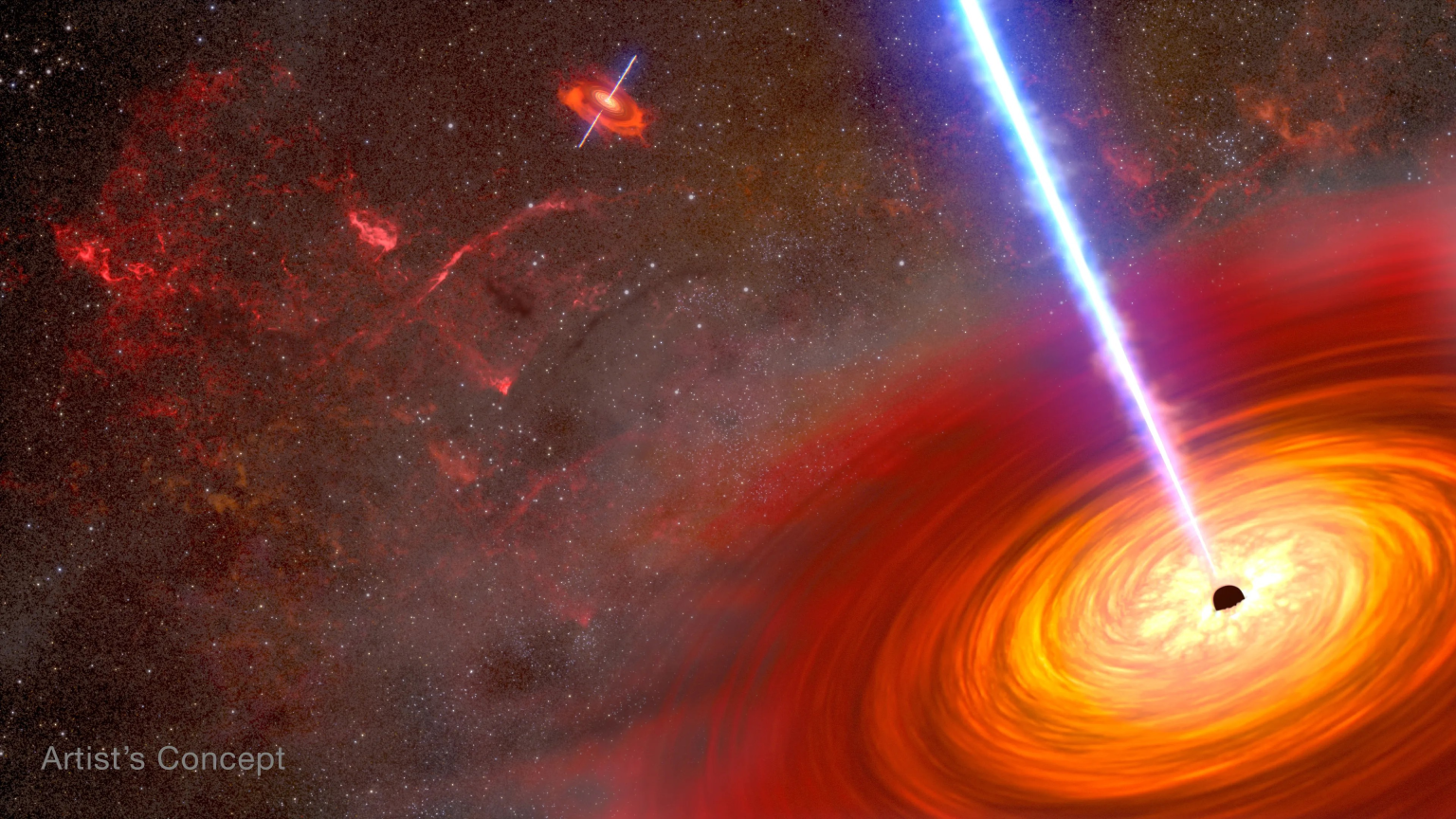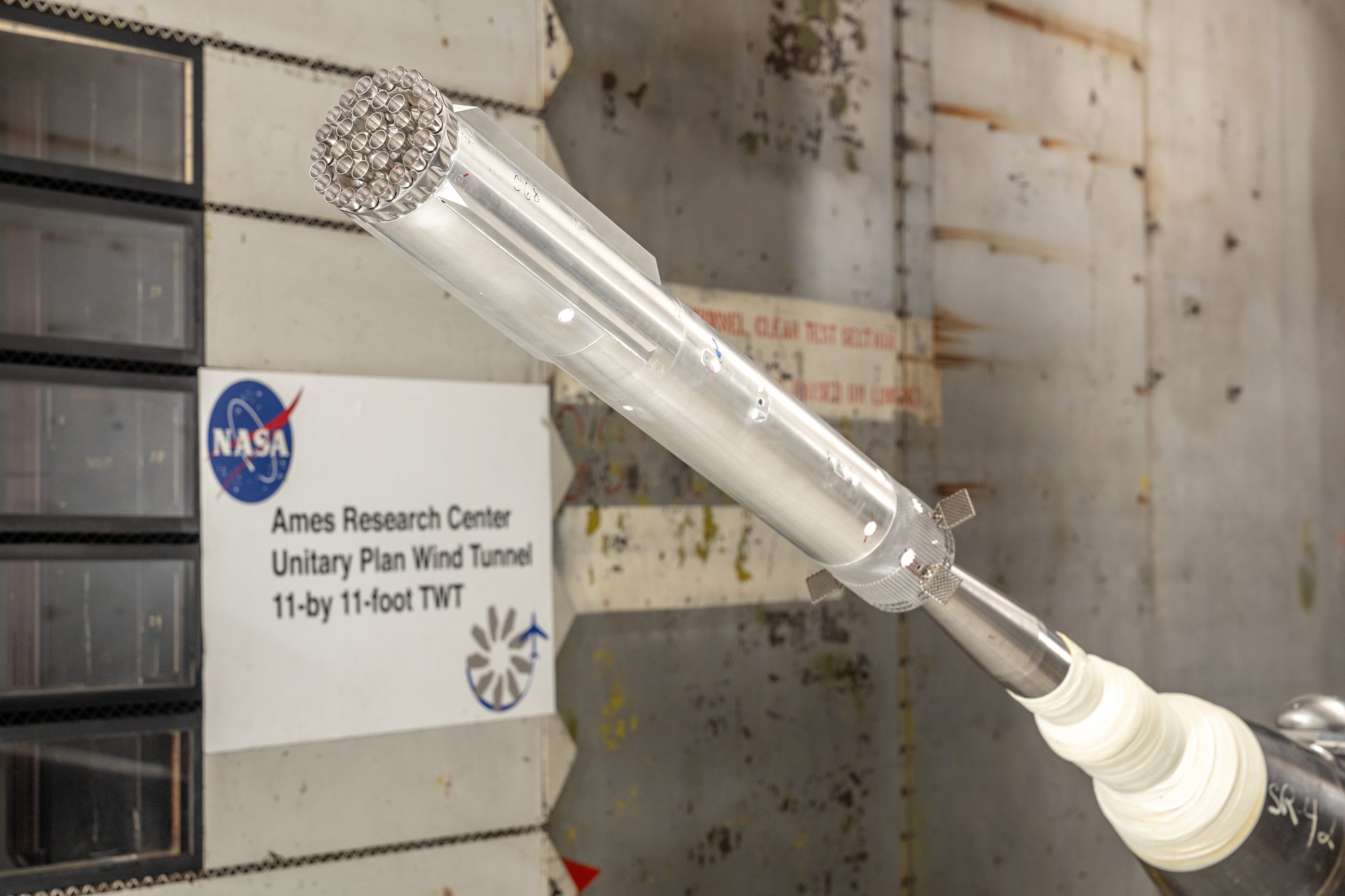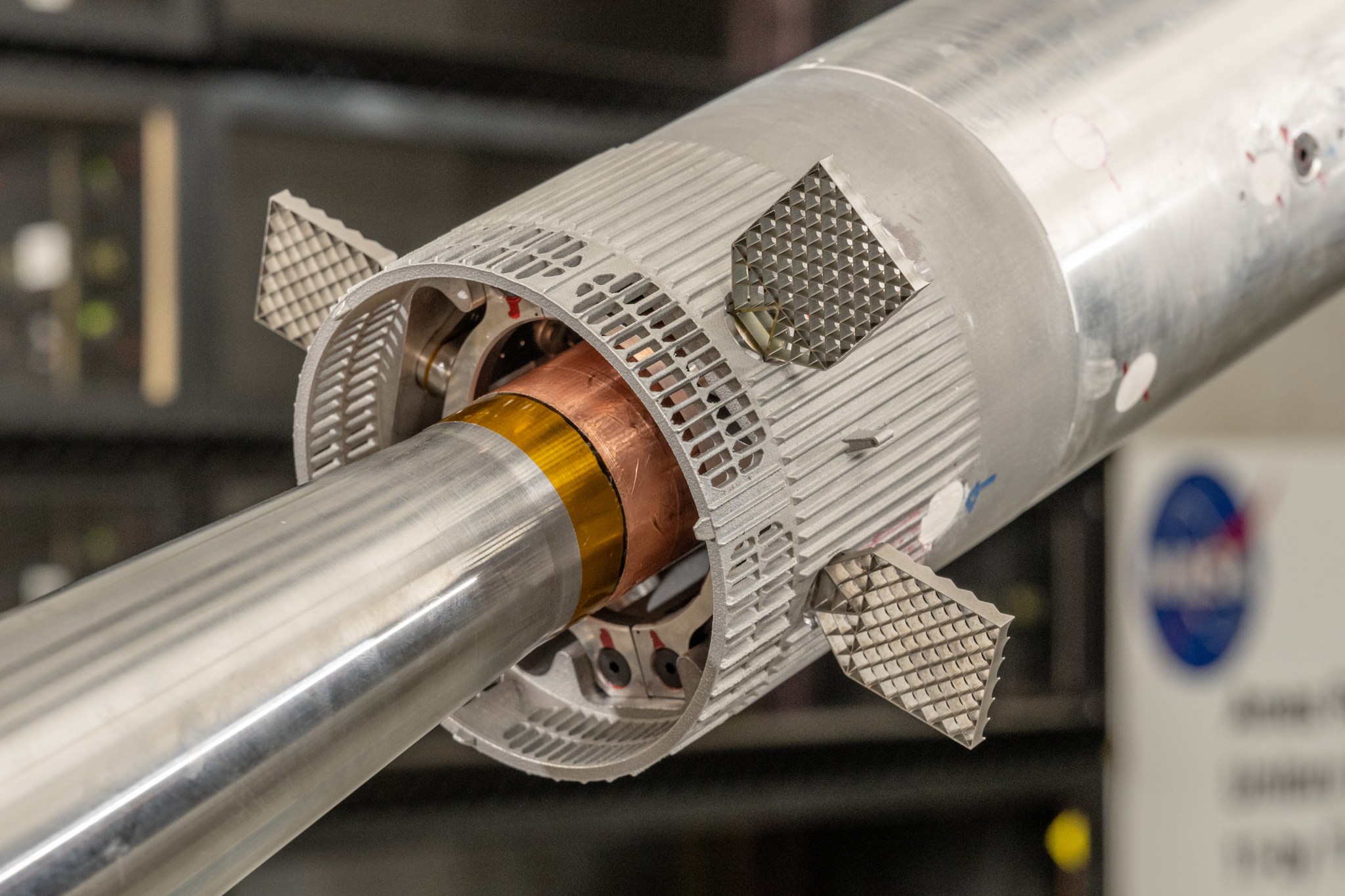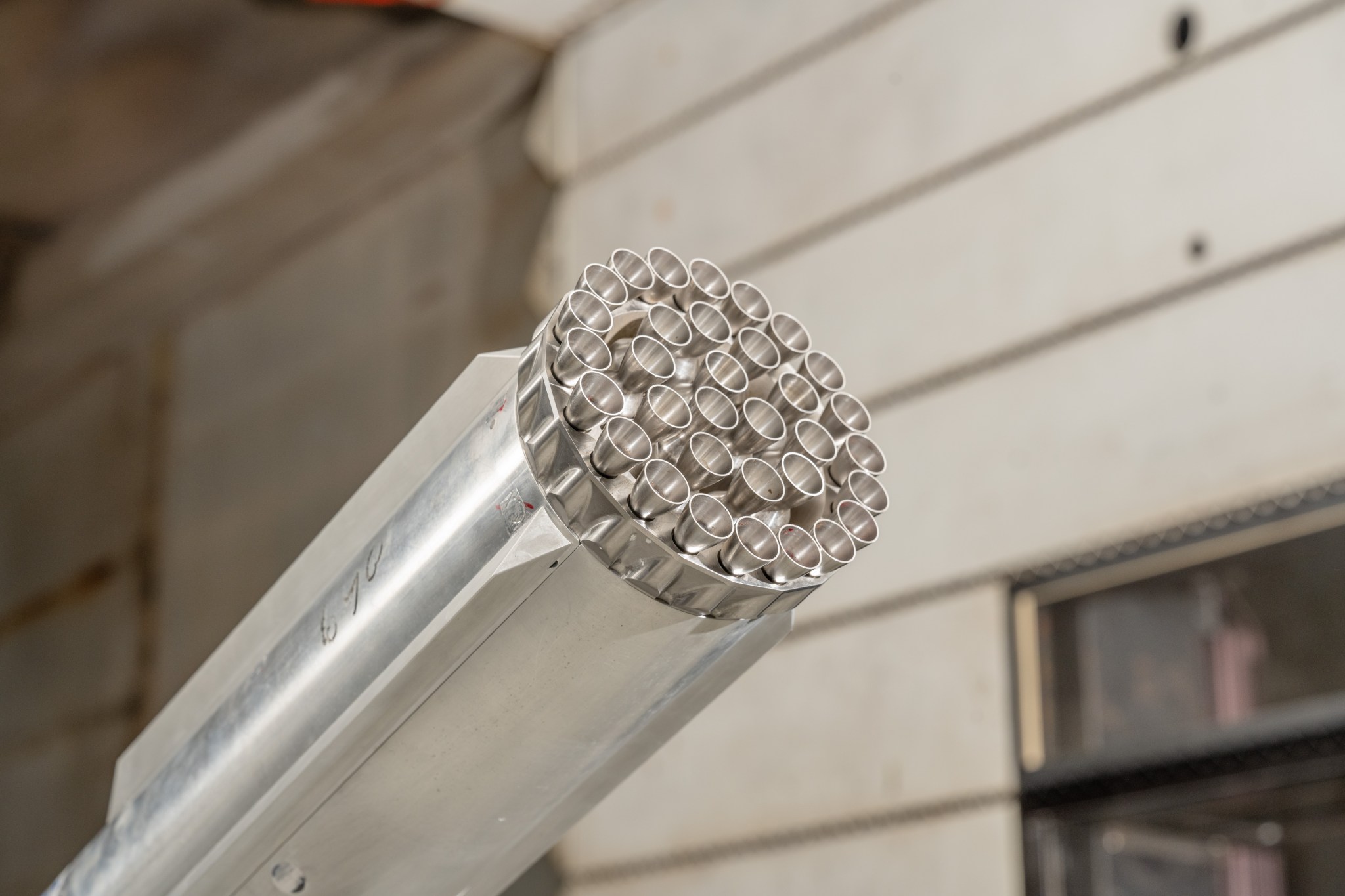
Starship Super Heavy Breezes Through Wind Tunnel Testing
NASA and its industry partners continue to make progress toward Artemis III and beyond, the first crewed lunar landing missions under the agency's Artemis campaign. SpaceX, the commercial Human Landing System (HLS) provider for Artemis III and Artemis IV, recently tested a 1.2% scale model of the Super Heavy rocket, or booster, in the transonic Unitary Plan Wind Tunnel at NASA's Ames Research Center. The Super Heavy rocket will launch the Starship human landing system to the Moon as part of Artemis.

During the tests, the wind tunnel forced an air stream at the Super Heavy scale model at high speeds, mimicking the air resistance and flow the booster experiences during flight. The wind tunnel subjected the Super Heavy model, affixed with pressure-measuring sensors, to wind speeds ranging from Mach .7, or about 537 miles per hour, to Mach 1.4, or about 1,074 miles per hour. Mach 1 is the speed that sound waves travel, or 761 miles per hour, at sea level.
Engineers then measured how Super Heavy model responded to the simulated flight conditions, observing its stability, aerodynamic performance, and more. Engineers used the data to update flight software for flight 3 of Super Heavy and Starship and to refine the exterior design of future versions of the booster. The testing lasted about two weeks and took place earlier in 2024.

After Super Heavy completes its ascent and separation from Starship HLS on its journey to the Moon, SpaceX plans to have the booster return to the launch site for catch and reuse. The Starship HLS will continue on a trajectory to the Moon.
To get to the Moon for the Artemis missions, astronauts will launch in NASA's Orion spacecraft aboard the SLS (Space Launch System) rocket from the agency's Kennedy Space Center. Once in lunar orbit, Orion will dock with the Starship HLS or with Gateway. Once the spacecraft are docked, the astronauts will move from Orion or Gateway to the Starship HLS, which will bring them to the surface of the Moon. After surface activities are complete, Starship will return the astronauts to Orion or Gateway waiting in lunar orbit. The astronauts will transfer to Orion for the return trip to Earth.

With Artemis, NASA will explore more of the Moon than ever before, learn how to live and work away from home, and prepare for future human exploration of the Red Planet. NASA's SLS, exploration ground systems, and Orion spacecraft, along with the human landing system, next-generation spacesuits, Gateway lunar space station, and future rovers are NASA's foundation for deep space exploration.
NASA's Marshall Space Flight Center manages the HLS and SLS programs.






